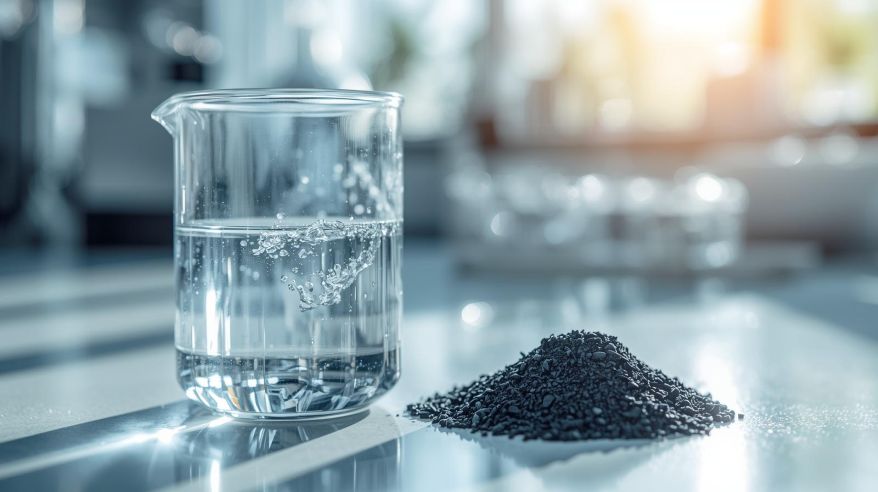Biochar’s New Role: Cleaning Water by Breaking Down Pollutants Directly
What is Biochar and How Does it Help?
Biochar is a special material made by heating plant waste at high temperatures without oxygen. Scientists are excited about biochar because it can help clean polluted water, making it a valuable tool for water purification. Usually, biochar is known to work as an adsorbent, meaning it traps harmful substances from water. It is also used as a catalyst, which speeds up chemical reactions that break down pollutants. However, recent studies show biochar can do even more: it can directly degrade pollutants by transferring electrons, making water cleaner without needing extra chemicals.
The Three Ways Biochar Acts on Pollutants
Biochar removes pollutants in mainly three ways, offering various water purification benefits:
- Adsorption: Pollutants stick to the biochar surface but stay intact.
- Direct degradation: Biochar sends electrons straight to the pollutant, breaking it down without extra chemicals.
- Indirect degradation: Biochar helps create reactive molecules called free radicals that attack pollutants.
This new focus on direct electron transfer opens a fresh path for treating wastewater effectively and sustainably, enhancing methods of water purification.
The Science Behind Biochar’s Electron Transfer Ability
The key to biochar’s direct degradation power lies in its ability to donate electrons. This electron transfer depends on specific features inside biochar.
The Role of Functional Groups and Structure
Certain chemical groups, such as C–O groups, O–H groups, and the graphitic (carbon) structure, help boost electron flow from biochar to pollutants. When these parts are strong, biochar breaks down contaminants more efficiently. On top of this, scientists observed that oxygen in water competes with pollutants for electrons. This competition may slow down how fast biochar cleans the water, impacting water purification efficiency.
Stability of Biochar Over Time
An exciting discovery is that biochar keeps its electron-donating ability even after using it multiple times—up to five cycles—and still performs nearly 100% as well. This stability is important for real-world applications where materials must last through repeated use without losing power and effectiveness in water purification.
What This Means for Future Water purification Treatment Technologies
This research changes how we view biochar—from just an adsorbent or catalyst to a material that can actively transform harmful substances directly. Since direct degradation does not rely on added oxidants like hydrogen peroxide or ozone, it could save costs and reduce chemical use in wastewater treatment plants, contributing significantly to water purification and cleaner water solutions.
A Step Toward Greener Engineering Solutions
The potential of using natural waste products like coconut shells treated with safe chemicals to make efficient biochars aligns perfectly with sustainable engineering principles. It offers a way for industries to treat water while minimizing environmental impact, improving traditional water purification methods.
Reference:
Zhang, F., Gao, Y., Gao, Y., & Han, R. (2025). Structure-performance relationship of biochar for direct degradation of organic pollutants. Carbon Research, 4(1). https://doi.org/10.1007/s44246-025-00219-3
Additionally, to stay updated with the latest developments in STEM research, visit ENTECH Online. Basically, this is our digital magazine for science, technology, engineering, and mathematics. Further, at ENTECH Online, you’ll find a wealth of information.
